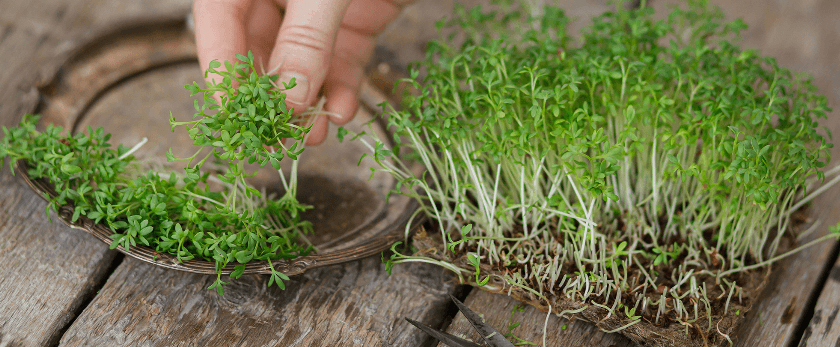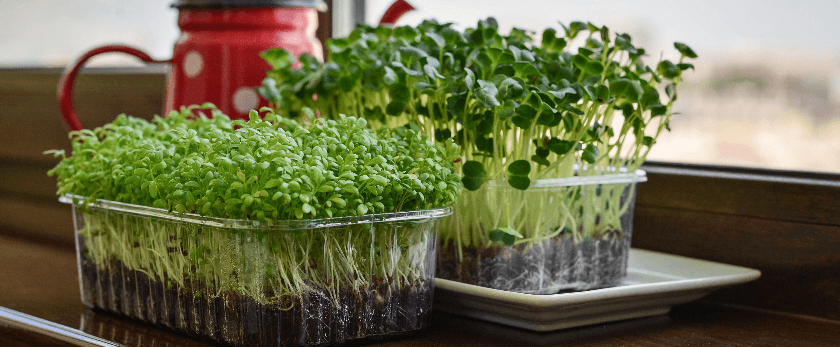Cress is a versatile and easy-to-grow plant that can add a burst of flavor and nutrition to your meals. Not only is it delicious, but it is also a great way to reduce your carbon footprint and promote sustainability. In this article, we will discuss how to grow cress, the best time to grow it, and common problems you may encounter. So let's get started!
How to Care for Cress
Caring for cress is relatively simple, and with a little bit of attention, you can have a bountiful harvest in no time. Here are some key points to keep in mind when caring for your cress:
Watering
Cress needs consistent moisture to thrive, so make sure to water it regularly. However, be careful not to overwater as this can lead to root rot. A good rule of thumb is to keep the soil moist but not waterlogged. You can also mist the leaves with water to keep them hydrated.
Light
Cress prefers partial shade, so make sure to place it in an area that receives indirect sunlight. If you are growing cress indoors, a sunny windowsill is an ideal spot. If you are growing it outdoors, make sure to provide some shade during the hottest part of the day.
Soil
Cress can grow in a variety of soils, but it thrives in well-draining, fertile soil. You can use a general-purpose potting mix or make your own by mixing equal parts of compost, peat moss, and perlite. Make sure to keep the soil loose and well-aerated to promote healthy root growth.
Fertilizer
Cress is a fast-growing plant, so it needs a steady supply of nutrients to support its growth. You can use a balanced liquid fertilizer once a month or incorporate organic matter, such as compost, into the soil before planting.
Pruning
Cress grows quickly, and you can start harvesting it within a week of planting. To promote continuous growth, make sure to prune the outer leaves regularly. This will also prevent the plant from becoming too leggy and encourage it to produce more leaves.

What is the Best Time to Grow Cress?
Cress is a cool-season crop, and it grows best in temperatures between 50-70°F. It can be grown year-round in mild climates, but it is best to avoid extreme temperatures. If you are growing cress indoors, you can start at any time of the year as long as you provide the right conditions.
For outdoor planting, the best time to grow cress depends on your location. In most regions, you can start planting in early spring, as soon as the soil can be worked. In warmer climates, you can also plant in the fall for a winter harvest.
Common Problems with Cress
While cress is a relatively easy plant to grow, it can still face some common problems. Here are a few issues you may encounter and how to address them:
- Pests: Cress is generally pest-resistant, but it can attract aphids, slugs, and snails. You can handpick these pests or use organic pest control methods, such as neem oil or diatomaceous earth.
- Diseases: Cress can be susceptible to fungal diseases, such as damping-off and powdery mildew. To prevent these diseases, make sure to provide good air circulation and avoid overwatering.
- Bolting: Bolting is when the plant produces flowers and seeds prematurely, usually due to high temperatures. To prevent this, make sure to provide shade and keep the soil consistently moist.
- Poor growth: If your cress is not growing well, it may be due to inadequate nutrients in the soil. Make sure to fertilize regularly and incorporate organic matter into the soil.
Conclusion
Growing cress is a simple and rewarding experience that can benefit both your health and the environment. By following the care tips mentioned above, you can have a steady supply of fresh, nutritious greens right at your fingertips. So why not give it a try and start growing your own cress today? Your taste buds and the planet will thank you!










